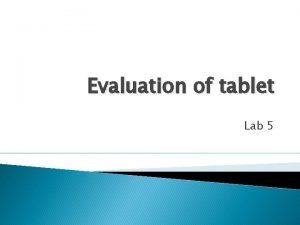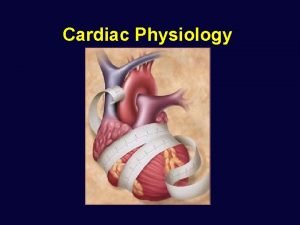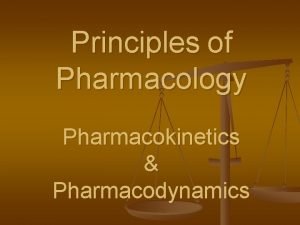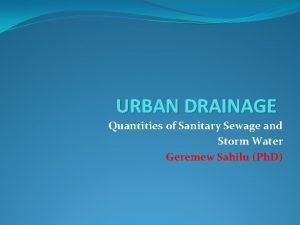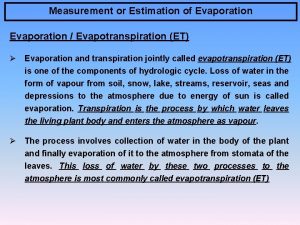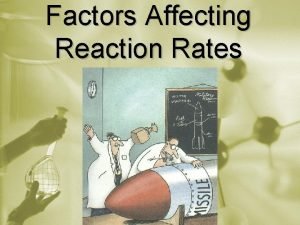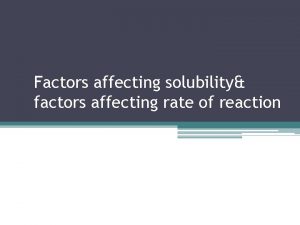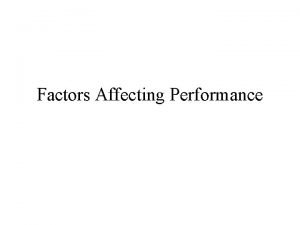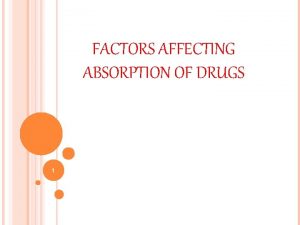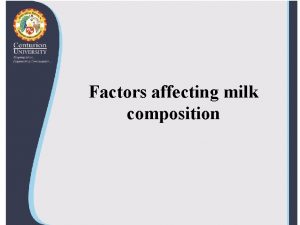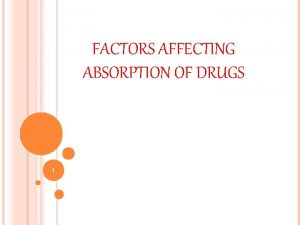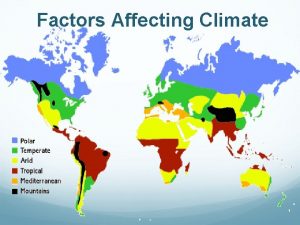Factors affecting students throughput rates in an ACELanguage











- Slides: 11

Factors affecting students’ throughput rates in an ACE(Language Education) programme Eugéne Marais UKZN

THE CONTEXT 2 Pressure to increase student throughput rates Shortage of teachers impacts on matriculation pass rates Low ranking on International benchmark tests of South African learners Poor ANA scores Research on drop out rate and throughput rate funded by UTLO The programme is designed for in-service educators who need to obtain a formal qualification (upgrade) Some students use the programme for re-skilling

RESEARCH QUESTION 3 DP Certificate grants permission to sit for the exam DP requires submission of assignments and portfolio tasks on due date Require weighted average no less than 40% together with at least 75% attendance

The research hypothesis 4 H 0 = There is no significant difference between the final results of students who have a DP mark below 50% and those who have a DP mark above 50%

METHOD & RESULTS 5 DP granted if weighted average exceeds 40% Portfolio tasks test understanding of theory Assignments require an application of theory to classroom context Feedback to students is verbal and written Analysis of 2 sets of data viz. results from semester 1 of 2011 and selected modules from previous cohorts

Method & results continued 6 Table 1: Class average marks for the 2011 cohort of ACE (Language Education) students Module Average achievement in semester tasks Average achievement in written exam Language Pedagogy 58% 52% Policy and Professionalism 54% 57%

Method & results continued 7 Table 2: Correlations between DP marks and Written exam marks Module 2007 Self-paying Cohort: Pedagogy 2011 Do. E Funded Cohort: Core Module (Language students only) Averag e Mark 68, 45% 54, 35%, 54, 19% Correlatio n: DP : Exam 0, 295 Low correlation 0, 348 Moderate correlation 0, 471 Moderate Correlation

Method & results continued 8 Table 3: Summary of results for Language Pedagogy (2011 cohort) Group A: DP < 50% Group B: DP > 50% TOTAL Written Exam: mark < 50% 16 20 36 Written Exam: mark > 50% 15 44 59 TOTAL 31 64 95 Χ 2 (1, N=95) = 2, 87 > Χ 2 o. 1 = 2, 72

Method & results continued 9 Table 4: Summary of results for Policy & Professionalism (2011 cohort) Group A: DP < 50% Group B: DP > 50% TOTAL Written Exam: mark < 50% 15 18 33 Written Exam: mark > 50% 10 52 62 TOTAL 25 70 95 Χ 2 (1, N=95) = 8, 10 > Χ 20, 05 = 3, 84

FURTHER RESEARCH in the next phase 10 The impact on these results of students who did not write the examination The cause for absenteeism from exams when a DP certificate is granted Absenteeism from contact sessions Students perceptions of the programme and reasons for enrolling Students perceptions of what is required for success at university The correlation of student perceptions about the programme and the programme outcomes

Thank you for listening 11 Now for the developmental feedback ……. .
 Learner throughput rates
Learner throughput rates Equivalent ratios definition
Equivalent ratios definition Ratios rates and unit rates
Ratios rates and unit rates Ratios rates and unit rates
Ratios rates and unit rates Unit rate
Unit rate Rizal was involved in student demonstration in madrid.
Rizal was involved in student demonstration in madrid. Factors affecting content uniformity of tablets
Factors affecting content uniformity of tablets Refractory period cardiac
Refractory period cardiac Five factors that affect housing choices
Five factors that affect housing choices Factors affecting biotransformation
Factors affecting biotransformation Fanning formula
Fanning formula Rohwers formula
Rohwers formula






